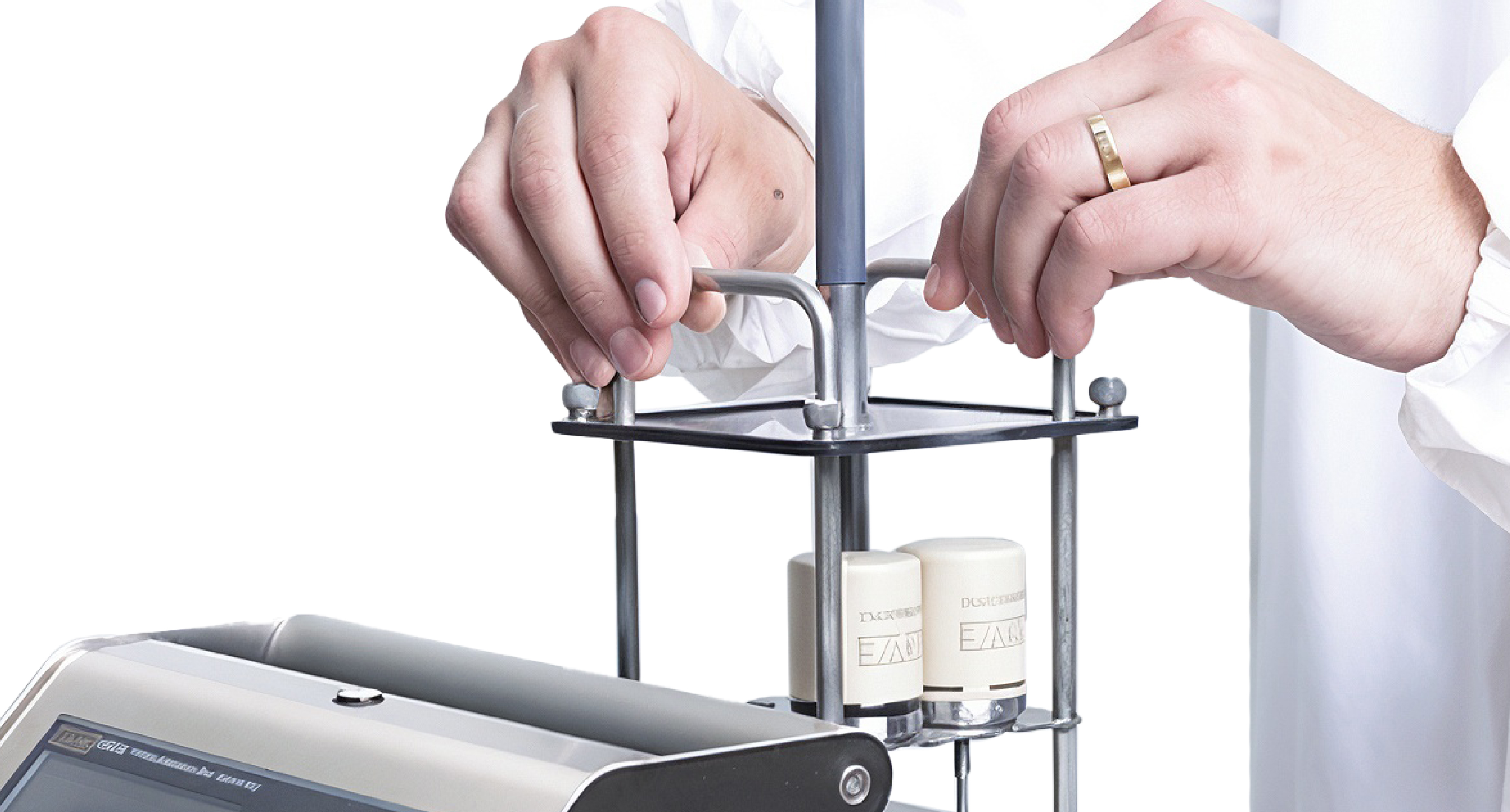Maintaining compliance in the pharmaceutical and biotech sectors is becoming increasingly complex. Regulatory bodies such as the FDA and EMA impose strict requirements to ensure product safety, data integrity, and patient protection. Non-compliance can lead to severe consequences, including recalls and reputational damage.
Some of the common issues that organizations face include:
- Inadequate or outdated calibration protocols
- Traceability gaps in measurement equipment
- Poor documentation and Incomplete audit trails
- Human error in manual calibration processes
- Irregular verification of equipment performance
- Failure to align with evolving global standards and industry best practices
These challenges are significant in throughput environments where even minor deviations can compromise product quality and regulatory standing. It's important to note that this lists only a few samples - each organizations face its own unique challenges based on its infrastructure, systems, and global market presence.
The Role of Calibration in Compliance
Calibration is not just a checklist item - it is a critical component of a strong quality management system. Accurate calibration ensures that all instruments used in production, storage, or validation operate within specified limits. A well-executed calibration process helps to:
- Maintain data integrity and reproducibility
- Ensure batch consistency and regulatory alignment
- Detect and prevent drift or equipment failure
- Provide reliable results for clinical and research applications
- Meet the requirements set from regulatory bodies such as the FDA, EMA, and WHO
Calibration’s role is often intertwined with equipment qualification, preventive maintenance, and risk management protocols, and should be integrated into broader quality assurance strategies.
First Steps in Building a Reliable Calibration Program
To build a sustainable and inspection-ready calibration program, consider implementing the following practices. These foundational steps form the core of compliance but may need to be tailored based on specific regulatory requirements or internal risk assessments.
1. Define a Documented Calibration Plan
Develop a structured calibration schedule that defines which instruments require calibration, the frequency, and the methods to be used. Reference applicable standards such as ISO/IEC 17025 or GMP, among others. Additional local or international regulations may also apply.
2. Ensure Traceability to Recognized Standards
Use calibration equipment that is traceable to national or international standards. This traceability is essential for proving the accuracy and reliability of your measurements during audits.
3. Maintain Detailed Records and Audit Trails
Document every calibration event - including before and after values, technician information, and certificate numbers. Store these records securely in compliance with data integrity frameworks. Use digital documentation systems when possible. Depending on your audit frequency and regulatory body, further data retention or review steps may be necessary.
4. Conduct Regular Reviews and Risk-Based Adjustments
Regularly evaluate the effectiveness of your calibration strategy. Use a risk-based approach to adjust calibration intervals and prioritize critical equipment. Stay informed about evolving standards and guidance updates. Other considerations, such as equipment lifecycle stage and production criticality, may also warrant further review. Additional review parameters may be required depending on regional or internal compliance policies.
How Kaye Products Support Compliance
Kaye provides a comprehensive range of precision-engineered calibration and validation solutions that support traceability, accuracy, and regulatory alignment across diverse life science applications.
- Kaye IRTD-400: A highly accurate reference standard with NIST and ISO 17025 traceability, ideal for quick and repeatable calibration of temperature sensors. Discover IRTD-400
- Kaye Calibration Baths (LTR and CTR Series): A wide range of liquid and dry block calibration baths engineered for field and laboratory use. These systems enable precise calibration of sensors with excellent temperature stability and uniformity. Browse calibration baths
- Kaye Calibration Tools & Accessories: Kaye’s ecosystem includes software, accessories, and sensor management tools designed to optimize and document your calibration process - from adjustment to audit readiness. Explore Accessories
- Kaye Calibration Services: Kaye offers professional calibration services that ensure your equipment remains within tolerance and audit ready. These services are designed for both in-house and field-based needs and are supported by decades of industry-specific expertise. Learn more about Kaye services
- Kaye Validation Systems (Wired and Wireless): For integrated compliance across qualification and validation workflows, Kaye provides state-of-the-art wired and wireless validation systems, along with a full range of compatible sensors and accessories. View Kaye Validator Systems
These systems are purpose-built for regulatory environments, offering robust support for compliance with GMP, ISO, and FDA-aligned frameworks. They integrate easily with broader quality assurance workflows.
Conclusion
In today’s increasingly regulated landscape, maintaining calibration integrity is foundational to compliance and operational excellence. Companies that invest in rigorous, traceable, and well-documented calibration programs safeguard product integrity and meet global regulatory demands.
For over 65 years, Kaye has led the industry in high-precision measurement and validation solutions. From thermal process validation and environmental monitoring to sensor calibration, Kaye’s technologies continue to set the standard for accuracy, compliance, and usability in the pharmaceutical and biotech sectors. With a complete suite of wired and wireless validation systems, sensor calibration tools, reference standards, and accessories, Kaye empowers quality assurance teams to maintain compliance with confidence.
Reach out to Kaye today to discuss how we can support your calibration strategy.


